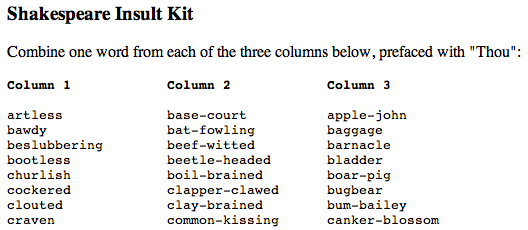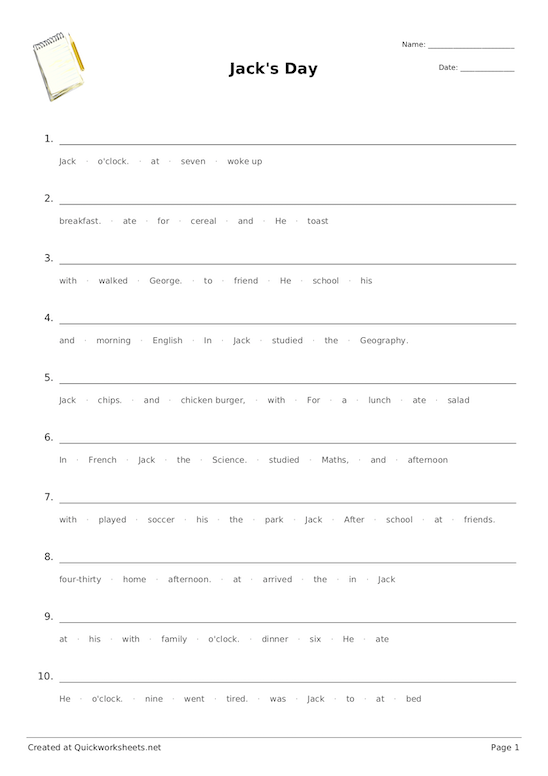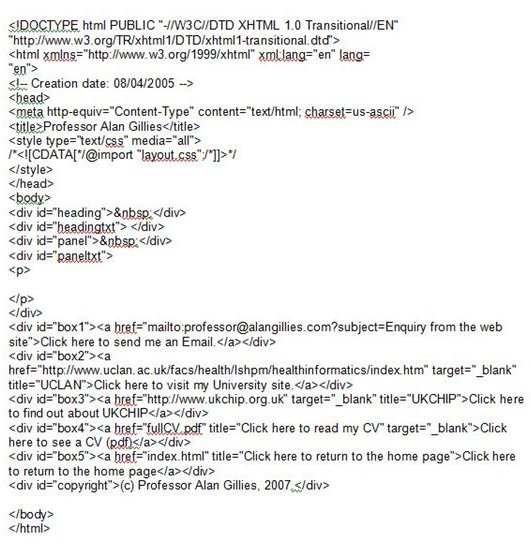


We will use this file to import into Power BI Desktop. Please note you need to log in with a work account in order to install a Word cluster in Power BI Desktop. We can view a brief description and tutorial video clip on the page.Ĭlick on ‘Get IT Now’ and click on continue to accept the terms and conditions. We can get the Word cluster from the Microsoft AppSource. Importing from Microsoft AppSource for Word Cloud Generator Now, we can see the fields in our dataset in the ‘Fields’ section. Once we are done, click on ‘Close and Apply’ Similarly, uncheck the blank value from the ‘Author’ column. Click on the columns and uncheck the blank value option from the publisher column. Now click on Edit to make changes in the data. Therefore, we do not want those blank values data to create our Word cloud generator. In this example, some of the fields contain blank values as well. Therefore, we do not want those blank values data to create our Word cluster. Therefore, we do not want those blank values data to create a Word Cloud generator. If we do not want to make any changes in the data, then click on Load.

Provide the location of the source data (books.csv) and click Open. Now open Power BI Desktop and click on ‘Get Data’. We will import this.CSV file to create the Word cloud generator in Power BI Desktop. This data shows the title, author, genre and publisher details.Ĭlick on Raw, copy and save the data into.CSV file. In this example, we will use sample data books.csv from GitHub. To create a word cloud generator, we’ll first need data. Importing Sample data for Word Cloud Generator We can use Power BI Desktop to create an interactive visualization with control on the appearance of the word cluster on the text, size, color, number of words, background, rotation etc.

We can quickly locate the items in the Word Cloud based on the size and color of the word.įor example, in the above example, we can see that the fewer words are appearing in the larger font size that shows the most used keyword as per the conditions defined. We can use word clusters to display keywords, tags, etc. The size of the words in the cloud image is proportional to its frequency.īelow is an example of how Word cluster looks like (Image Courtesy – Wikipedia) These words are arranged in a cloud shape. These visualizations are free to install and we can use them with our data set and customize charts as per our requirements.Ī Word Cloud is a visualization that draws an image from frequently appearing words in the data set. In my last article, Power BI Desktop Interactive chord diagrams, we learned about customized visualizations in Power BI Desktop. In this article, we’ll look at how to create a Word cloud generator in Power BI Desktop, including importing data, customization and more.


 0 kommentar(er)
0 kommentar(er)
